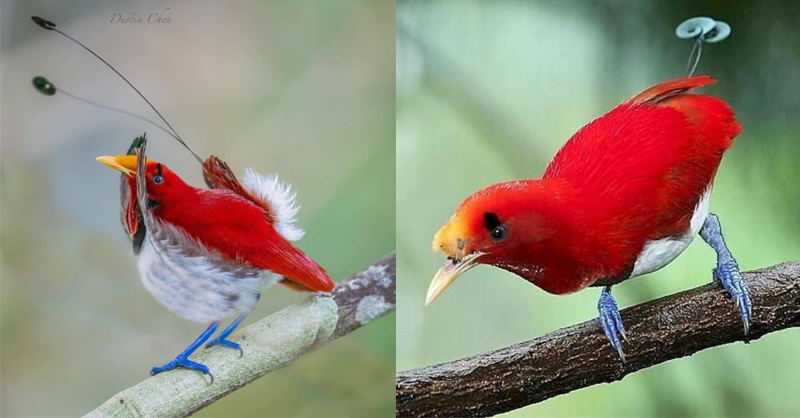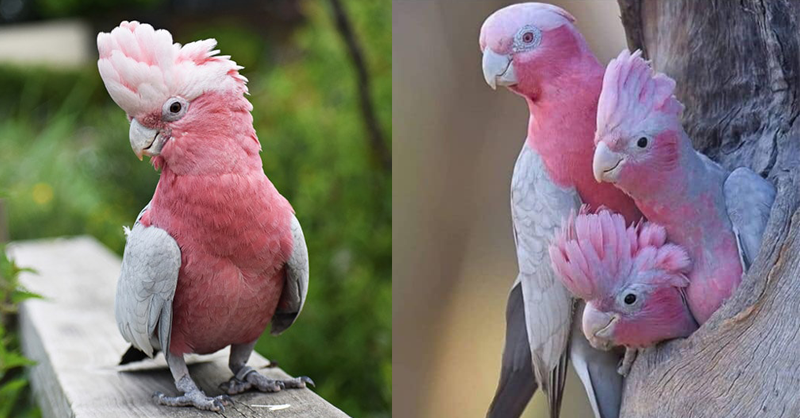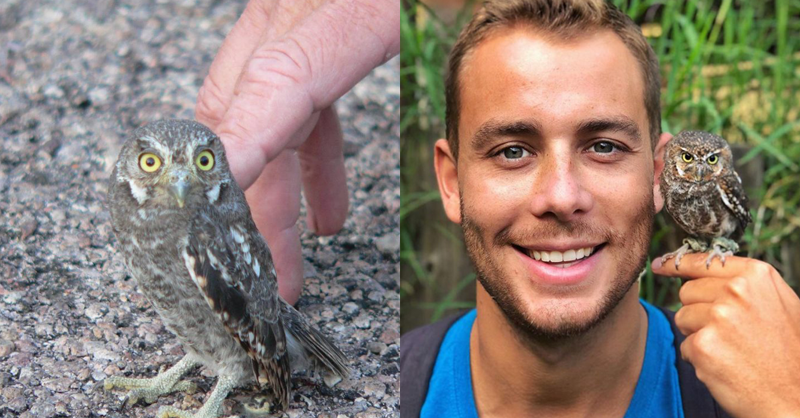Budgies, also known as parakeets, are one of the most popular pet birds in the world. They are known for their colorful plumage and cheerful personality. However, there is a rare and peculiar mutation that can happen in budgies that causes their feathers to become curly, giving them a unique glam rock look. These budgies are called Feather Duster Budgies, and they are a sight to behold. In this article, we will explore this rare mutation, its impact on budgies, and why it is a cause for concern.
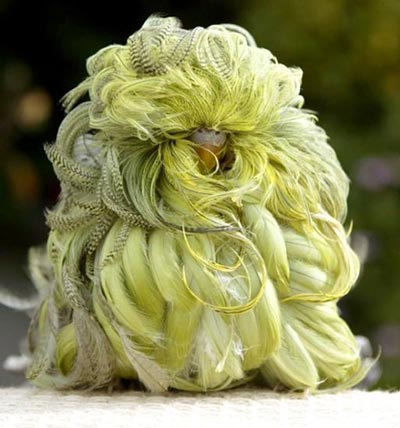
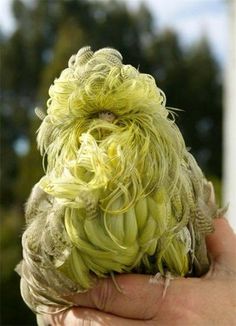
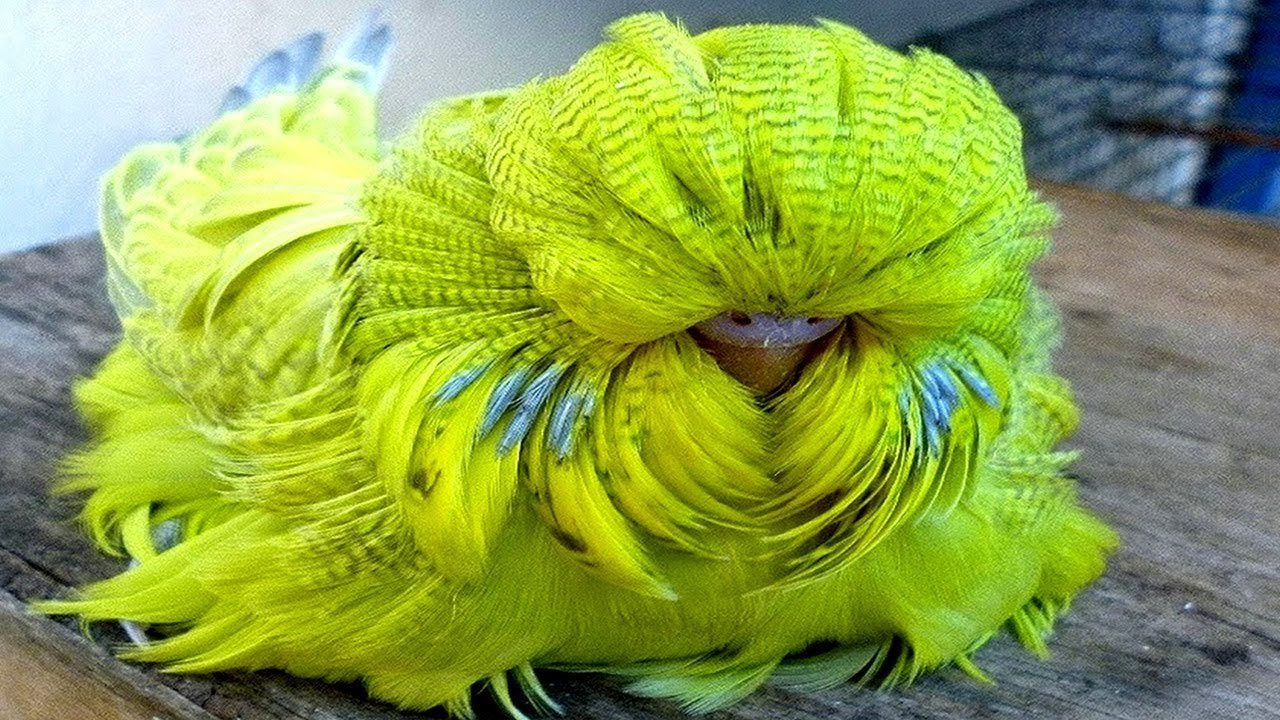
The Feather Duster Budgie mutation is a genetic mutation that affects the feather structure of budgies. Instead of growing straight and flat, the feathers grow in a curly pattern. This gives the budgie a unique appearance that resembles a feather duster, hence the name. Feather Duster Budgies can come in various colors, from bright yellows to deep blues, and their curly feathers make them stand out from other budgies.
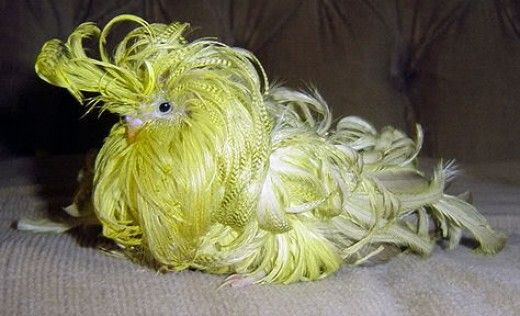
As unique as Feather Duster Budgies are, the genetic mutation that causes their curly feathers comes with a severe consequence. The same mutation that affects their feathers also affects their internal organs, causing them to malfunction. This results in a drastically reduced lifespan for Feather Duster Budgies. On average, budgies can live up to 10-15 years, but Feather Duster Budgies usually live only half as long.
Why Feather Duster Budgies are a Cause for Concern.
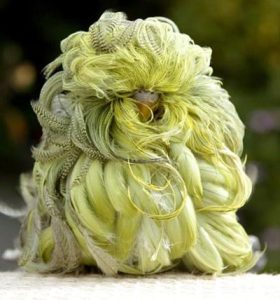
The Feather Duster Budgie mutation is a cause for concern for several reasons. Firstly, it is a rare mutation, and breeding Feather Duster Budgies can be challenging, as it requires breeding two carriers of the mutation. Secondly, the reduced lifespan of Feather Duster Budgies means that they require special care and attention. They may need regular veterinary checkups and a specialized diet to help them live as long as possible. Finally, there is a moral concern around breeding budgies for their appearance rather than their health.
Conclusion
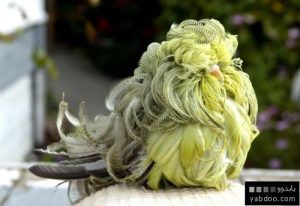
The Feather Duster Budgie is a rare and peculiar mutation that gives budgies a unique and rockstar appearance. However, this mutation comes with a tragic consequence, as it drastically reduces their lifespan. While these birds may be a sight to behold, breeding them solely for their appearance is a cause for concern. As responsible pet owners, we must prioritize the health and wellbeing of our pets over their appearance. If you are considering getting a budgie, we recommend adopting a healthy and happy budgie that will bring you joy for years to come.
https://levanews.com
